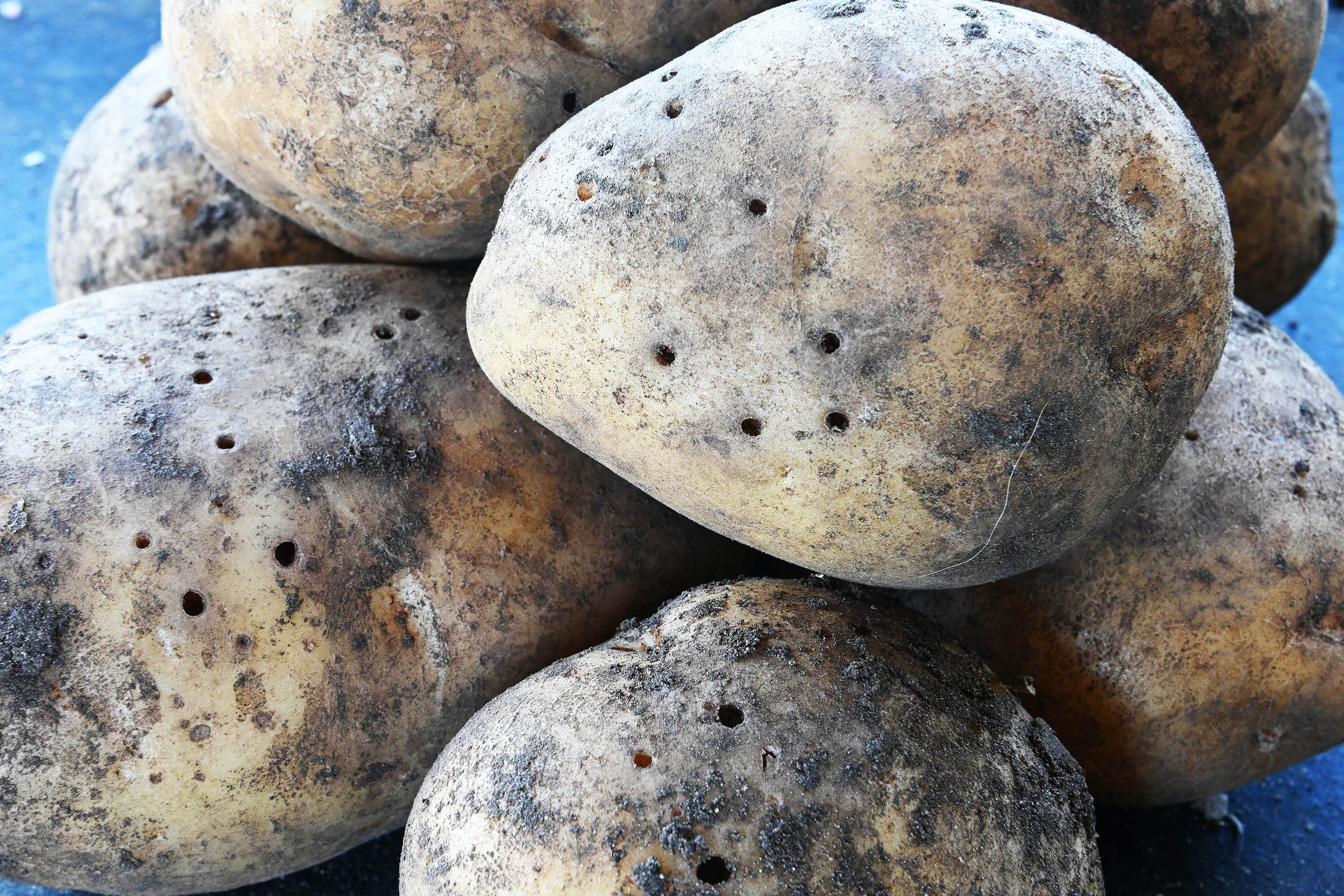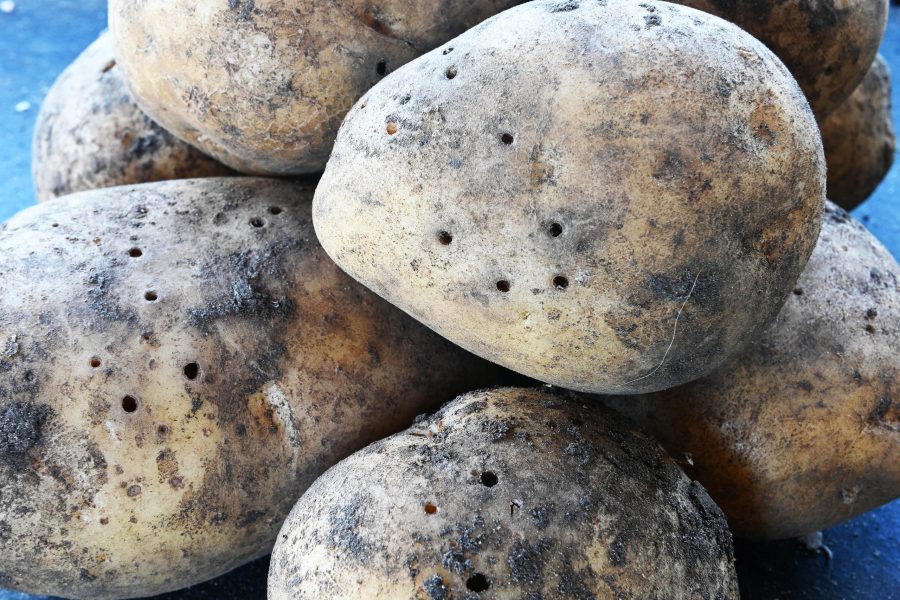 Wireworm is set to become more of a problem for potato growers, according to warnings from Syngenta.
Wireworm is set to become more of a problem for potato growers, according to warnings from Syngenta.
Speaking at this season’s Syngenta Potato Science Soil Pest webinar, Syngenta technical manager, Michael Tait pointed out any current monitoring through pheromone trapping, to lure click beetles – the adult stage of wireworm – principally only identifies the three common species Agriotes sputator; A. obscurus and A. lineatus.
“Limited research has occurred in recent years to identify any new species of wireworm that may become more prevalent with changing climatic conditions and agronomic practices.
“The loss of neonicotinoid seed treatments undoubtedly had a big effect on wireworm through the arable rotation. The expansion of growing some green cover crops could also encourage wireworm problems,” he warned. “It’s certainly something to watch out for in the future.”
Alternative treatments
Michael highlighted that while ethoprop (Mocap) was historically considered the standard treatment for wireworm, principally on cost, since it was no longer available growers would need to seek alternatives.
He cited trials results with the nematicide Nemathorin at the wireworm-approved rate of 15 kg/ha showed it typically offered a 50-70% reduction in levels of wireworm damage to tubers, which was equivalent to results with ethoprop.
Furthermore, Syngenta insecticides technical manager, Dr Max Newbert, outlined R&D work on new microgranule formulation of lambda-cyhalothrin that had shown excellent results for reduction in wireworm in potatoes.
The product has been available in France and is in the approval process for the UK and other European countries.
In the UK he reported the product is intended for use on wireworm as a soil incorporated treatment at the time of planting, with approval sought for potatoes and maize crops.
‘Significant improvement’
Registration trials in Holland have shown a significant improvement in tuber quality, with a 20% increase in tubers without any sign wireworm damage, along with virtually eliminating the worst damaged tubers that had five or more holes, compared to untreated.
The results were even better than achieved with Nemathorin, while the granules would not have the nematicide’s restrictive 119-day pre-harvest interval. In field trials no issues had been experienced with crop emergence following treatment.
The wireworm granules would also be likely to be at a more competitive price point, Max suggested.
Subject to regulatory approval, Syngenta’s plan is to have the product available with best use advice and application guidelines for the 2023 planting season.
The full Syngenta Potato Science Soil Pest Management webinar is available here.




